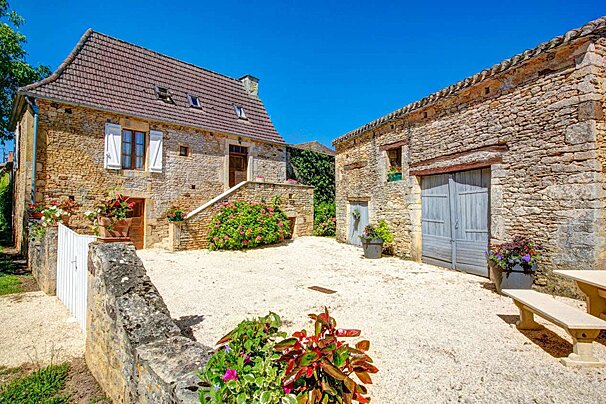
Walnuts
Walnut have played a prominent role in the local culture & commerce
Considered one of the cradles of the walnut, Périgourdians have been growing and eating this nut for centuries.
Remains of this nut have been found alongside the remains of prehistoric humans in the region dating back over 17,000 years. This particular walnut has AOC status, guaranteeing the quality and production methods of nuts from this region. The nut is used to produce oil and flavour cuisine and liqueurs, as well as being a great snack.
The history of the nut: In the 10th century peasants paid their debts off with the nuts; 11th century peasants were expected to tithe (give up one tenth of their own...) walnuts to the church; 13th century merchants considered walnut oil as precious as gold; and in the 18th century, walnut oil as well as wine constituted a thriving trade on the waters of the Dordogne toward Bordeaux, where they were exported beyond to the Netherlands, Germany, and Great Britain. Until the end of the 19th century, most families cultivated at least a few walnut trees to add to their income.
And what to do you think that the locals might do with the mountains of shells after the harvest? Well, they waste not a thing! In fact they grind the shells up to use as cat litter. You can pick up a sack at the Saturday market in Sarlat.

















